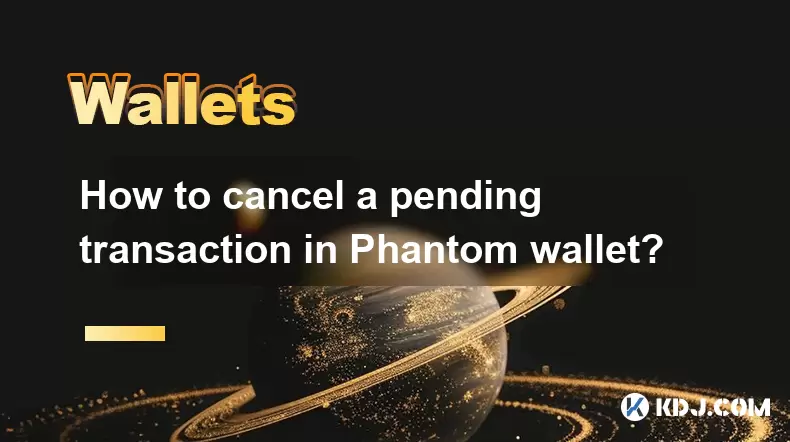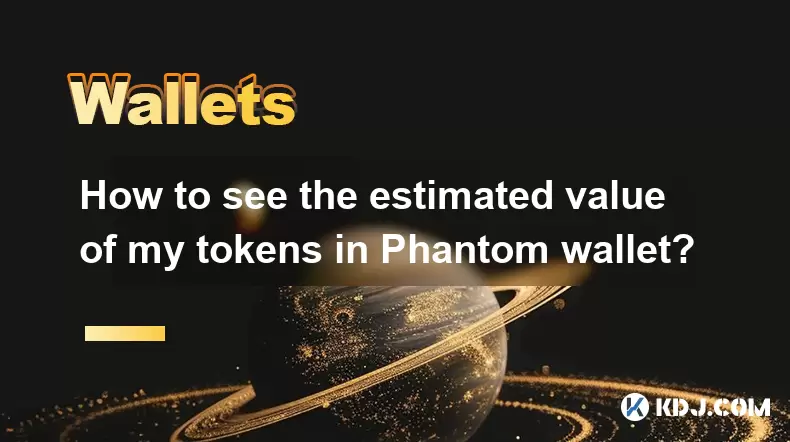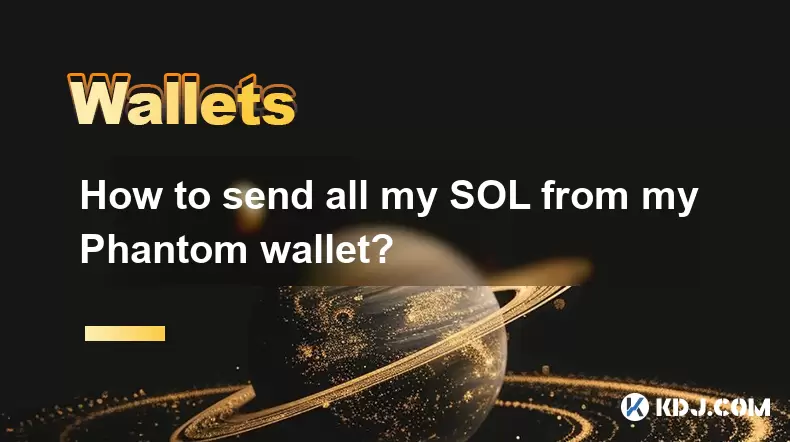-
 Bitcoin
Bitcoin $108,250.0992
0.11% -
 Ethereum
Ethereum $2,515.9404
0.03% -
 Tether USDt
Tether USDt $1.0003
0.00% -
 XRP
XRP $2.2166
-0.19% -
 BNB
BNB $656.5904
0.29% -
 Solana
Solana $147.4122
-0.58% -
 USDC
USDC $1.0000
-0.01% -
 TRON
TRON $0.2830
0.06% -
 Dogecoin
Dogecoin $0.1641
0.27% -
 Cardano
Cardano $0.5739
-0.19% -
 Hyperliquid
Hyperliquid $39.1463
-0.11% -
 Sui
Sui $2.8882
-0.02% -
 Bitcoin Cash
Bitcoin Cash $487.6428
0.31% -
 Chainlink
Chainlink $13.2097
0.07% -
 UNUS SED LEO
UNUS SED LEO $9.0308
0.10% -
 Avalanche
Avalanche $17.8608
0.13% -
 Stellar
Stellar $0.2379
-0.06% -
 Toncoin
Toncoin $2.7400
-0.39% -
 Shiba Inu
Shiba Inu $0.0...01144
-0.36% -
 Litecoin
Litecoin $87.5467
0.66% -
 Hedera
Hedera $0.1538
0.22% -
 Monero
Monero $315.5479
0.36% -
 Dai
Dai $1.0000
0.00% -
 Polkadot
Polkadot $3.3523
-0.71% -
 Ethena USDe
Ethena USDe $1.0003
0.01% -
 Bitget Token
Bitget Token $4.3960
-1.03% -
 Uniswap
Uniswap $7.2663
4.19% -
 Aave
Aave $272.8619
2.04% -
 Pepe
Pepe $0.0...09676
-0.18% -
 Pi
Pi $0.4586
-2.87%
What is an observation wallet? What are its use cases?
An observation wallet lets you monitor crypto balances and transactions without spending funds, enhancing security by keeping private keys separate.
Apr 13, 2025 at 05:35 pm

An observation wallet, also known as a watch-only wallet, is a type of cryptocurrency wallet that allows users to monitor their cryptocurrency balances and transactions without the ability to spend or move the funds. This type of wallet is particularly useful for individuals who want to keep an eye on their investments or manage multiple wallets without compromising the security of their private keys.
How Does an Observation Wallet Work?
An observation wallet functions by importing the public addresses of your cryptocurrency holdings into the wallet software. The public address is a string of alphanumeric characters that serves as your account number on the blockchain, allowing you to receive funds. Unlike a standard wallet, an observation wallet does not require the private key to be imported. The private key, which is necessary to sign transactions and spend funds, remains securely stored in another location.
When you set up an observation wallet, you can view the balance and transaction history of the imported public addresses. Any incoming or outgoing transactions will be visible in real-time, providing you with a comprehensive overview of your cryptocurrency activities. However, because the private key is not present, you cannot initiate transactions from within the observation wallet.
Setting Up an Observation Wallet
To set up an observation wallet, you will need to follow these steps:
- Choose a compatible wallet software: Not all cryptocurrency wallets support observation wallets. Popular options that do include Electrum for Bitcoin and MyEtherWallet for Ethereum.
- Obtain your public addresses: You will need the public addresses of the cryptocurrency accounts you wish to monitor. These can be found in the wallet where your funds are stored.
- Import the public addresses: Open your chosen wallet software and navigate to the option to import a watch-only address. Enter the public address you wish to monitor, and the software will begin tracking it.
For example, if you are using Electrum to set up a Bitcoin observation wallet:
- Download and install Electrum: Visit the official Electrum website and download the software for your operating system.
- Create a new wallet: Launch Electrum and select "Create a new seed" to set up a new wallet. This wallet will serve as your observation wallet.
- Import the watch-only address: Go to "Wallet" > "Private Keys" > "Import", and select "Sweep". Enter your public Bitcoin address in the field provided, and click "Sweep". Your observation wallet will now track the balance and transactions of this address.
Use Cases for Observation Wallets
Observation wallets have several practical applications within the cryptocurrency ecosystem. Here are some common use cases:
Monitoring Cold Storage
Cold storage refers to keeping your cryptocurrencies offline, often on hardware wallets or paper wallets, to enhance security. An observation wallet allows you to monitor the balance and transactions of your cold storage addresses without compromising their security. This is particularly useful for long-term investors who want to keep an eye on their holdings without needing to access their private keys frequently.
Managing Multiple Wallets
If you have multiple cryptocurrency wallets, an observation wallet can help you consolidate the monitoring of all your addresses into a single interface. This can streamline the process of tracking your overall portfolio and ensure you stay informed about all your transactions without the need to log into multiple platforms.
Enhancing Security
By separating the monitoring function from the spending function, observation wallets add an extra layer of security to your cryptocurrency management. Since the private keys are not stored in the observation wallet, the risk of them being compromised by hacking or malware is significantly reduced. This is especially important for users who need to access their balances from potentially insecure devices or locations.
Auditing and Compliance
Businesses and organizations that deal with cryptocurrencies may use observation wallets for auditing and compliance purposes. By monitoring transactions without the ability to spend funds, these entities can ensure that their cryptocurrency operations are transparent and accountable. This can be particularly useful for regulatory reporting and internal audits.
Potential Drawbacks of Observation Wallets
While observation wallets offer several benefits, there are also some potential drawbacks to consider:
Limited Functionality
The primary limitation of an observation wallet is its inability to initiate transactions. If you need to spend or move your funds, you will need to access the wallet containing the private keys. This can be inconvenient for users who frequently need to manage their cryptocurrencies.
Dependence on Third-Party Software
Since observation wallets rely on specific software to function, you are dependent on the reliability and security of that software. If the software is discontinued or compromised, you may lose the ability to monitor your addresses effectively.
Complexity for New Users
Setting up and managing an observation wallet can be more complex than using a standard wallet. New users may find the process of importing public addresses and understanding the limitations of watch-only wallets challenging.
Frequently Asked Questions
Q: Can I use an observation wallet to receive cryptocurrency?
A: No, an observation wallet cannot be used to receive cryptocurrency directly. It can only monitor the balances and transactions of existing public addresses. To receive cryptocurrency, you need to use a standard wallet that has the corresponding private key.
Q: Is it safe to use an observation wallet on a public computer?
A: Yes, using an observation wallet on a public computer is generally safe because it does not require the private key. However, you should still take precautions to ensure the computer is free from malware that could compromise your data.
Q: Can I convert an observation wallet into a standard wallet?
A: No, you cannot convert an observation wallet into a standard wallet. To spend or move funds, you must access the wallet containing the private key associated with the public address you are monitoring.
Q: Are there any fees associated with using an observation wallet?
A: There are no direct fees for using an observation wallet itself. However, if you use a third-party service or software that charges for its use, you may incur fees related to that service.
Disclaimer:info@kdj.com
The information provided is not trading advice. kdj.com does not assume any responsibility for any investments made based on the information provided in this article. Cryptocurrencies are highly volatile and it is highly recommended that you invest with caution after thorough research!
If you believe that the content used on this website infringes your copyright, please contact us immediately (info@kdj.com) and we will delete it promptly.
- BNB, Nano Labs, and Binance: A $160 Million Crypto Play
- 2025-07-06 12:30:13
- Bitcoin, Taxing, and Fund Managers: Navigating the Crypto Maze in NYC
- 2025-07-06 12:50:14
- Debt Ceiling, Trump, and Bitcoin's Allure: A New York Minute on Fiscal Policy
- 2025-07-06 12:30:13
- Bitcoin, Ethereum, and Crypto Gains: What's Hot in the NYC Crypto Scene?
- 2025-07-06 13:10:15
- Zerion: Real-Time Portfolio Tracking Revolutionized
- 2025-07-06 13:10:15
- Bitcoin Transfer, Market Dip, and Speculation: Decoding the Crypto Whale's Moves
- 2025-07-06 12:35:13
Related knowledge

How to cancel a pending transaction in Phantom wallet?
Jul 03,2025 at 07:21pm
Understanding Pending Transactions in Phantom WalletA pending transaction in the Phantom wallet occurs when a user initiates a transfer or interaction with the Solana blockchain, but it hasn't yet been confirmed by the network. This can happen due to various reasons such as low transaction fees, network congestion, or incorrect gas settings. It's import...

How to see the estimated value of my tokens in Phantom wallet?
Jul 04,2025 at 12:21am
What is Phantom Wallet?Phantom wallet is one of the most popular cryptocurrency wallets designed for the Solana blockchain. It allows users to store, send, receive, and manage various tokens built on Solana, including SPL tokens and NFTs. The wallet offers a user-friendly interface, making it accessible for both beginners and advanced users in the crypt...

How to lock my Phantom wallet extension?
Jul 03,2025 at 11:14am
What Is the Phantom Wallet and Why Lock It?The Phantom wallet is a popular non-custodial cryptocurrency wallet designed for interacting with the Solana blockchain. Supporting both browser extensions and mobile apps, Phantom allows users to store, send, receive, and stake SOL tokens, as well as interact with decentralized applications (dApps). Securing y...

Does Phantom wallet offer two-factor authentication (2FA)?
Jul 03,2025 at 09:00am
Understanding Phantom Wallet and Its Security FeaturesPhantom wallet is a widely used non-custodial cryptocurrency wallet that supports the Solana blockchain. It allows users to store, send, receive, and interact with decentralized applications (dApps) seamlessly. As security is a top priority for any crypto wallet user, security features like two-facto...

How to send all my SOL from my Phantom wallet?
Jul 06,2025 at 10:00am
Preparing to Send SOL from Your Phantom WalletBefore initiating any transaction, it is crucial to ensure that your Phantom wallet is fully set up and connected to the correct network. Phantom supports multiple networks, but for sending SOL, you must be on the Solana blockchain. Confirm this by checking the network indicator in the top-right corner of th...

What is "rent" on Solana and how does it affect my Phantom wallet?
Jul 02,2025 at 08:35pm
Understanding 'Rent' on SolanaIn the context of Solana, the term 'rent' refers to a storage fee that users pay for maintaining data on the blockchain. Unlike Ethereum, where storage costs are paid once via gas fees during contract deployment, Solana implements a recurring cost model to ensure efficient usage of network resources. This means that any acc...

How to cancel a pending transaction in Phantom wallet?
Jul 03,2025 at 07:21pm
Understanding Pending Transactions in Phantom WalletA pending transaction in the Phantom wallet occurs when a user initiates a transfer or interaction with the Solana blockchain, but it hasn't yet been confirmed by the network. This can happen due to various reasons such as low transaction fees, network congestion, or incorrect gas settings. It's import...

How to see the estimated value of my tokens in Phantom wallet?
Jul 04,2025 at 12:21am
What is Phantom Wallet?Phantom wallet is one of the most popular cryptocurrency wallets designed for the Solana blockchain. It allows users to store, send, receive, and manage various tokens built on Solana, including SPL tokens and NFTs. The wallet offers a user-friendly interface, making it accessible for both beginners and advanced users in the crypt...

How to lock my Phantom wallet extension?
Jul 03,2025 at 11:14am
What Is the Phantom Wallet and Why Lock It?The Phantom wallet is a popular non-custodial cryptocurrency wallet designed for interacting with the Solana blockchain. Supporting both browser extensions and mobile apps, Phantom allows users to store, send, receive, and stake SOL tokens, as well as interact with decentralized applications (dApps). Securing y...

Does Phantom wallet offer two-factor authentication (2FA)?
Jul 03,2025 at 09:00am
Understanding Phantom Wallet and Its Security FeaturesPhantom wallet is a widely used non-custodial cryptocurrency wallet that supports the Solana blockchain. It allows users to store, send, receive, and interact with decentralized applications (dApps) seamlessly. As security is a top priority for any crypto wallet user, security features like two-facto...

How to send all my SOL from my Phantom wallet?
Jul 06,2025 at 10:00am
Preparing to Send SOL from Your Phantom WalletBefore initiating any transaction, it is crucial to ensure that your Phantom wallet is fully set up and connected to the correct network. Phantom supports multiple networks, but for sending SOL, you must be on the Solana blockchain. Confirm this by checking the network indicator in the top-right corner of th...

What is "rent" on Solana and how does it affect my Phantom wallet?
Jul 02,2025 at 08:35pm
Understanding 'Rent' on SolanaIn the context of Solana, the term 'rent' refers to a storage fee that users pay for maintaining data on the blockchain. Unlike Ethereum, where storage costs are paid once via gas fees during contract deployment, Solana implements a recurring cost model to ensure efficient usage of network resources. This means that any acc...
See all articles

























































































